Intel CEO Bob Swan: We'd Rather Have Lower Share In A Larger Market
'If you redefine the role you can play in the industry to have 30 percent share, you have to begin to dare to dream. You're not protecting what you built. You're evolving your thinking,’ Intel CEO Bob Swan says in a recent interview describing the chipmaker's data-centric strategy.'You're Not Protecting What You Built. You're Evolving Your Thinking.'
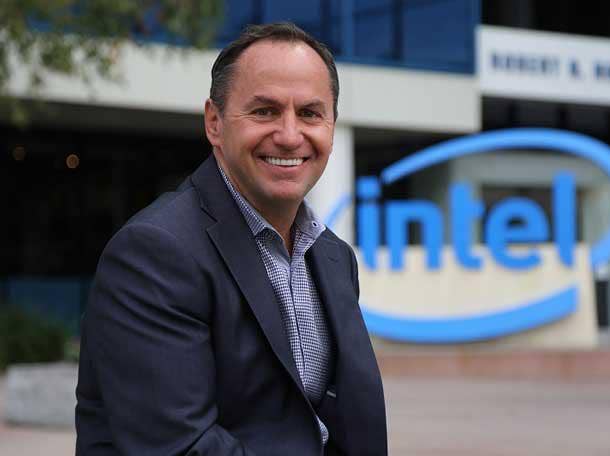
Intel CEO Bob Swan said he'd rather compete in a larger data-centric market with lower share than a smaller one for general-purpose processors where the semiconductor giant is completely dominant.
Swan, who is nearly seven months into his role as Intel's permanent CEO, made the remarks on Tuesday at Fortune magazine's Brainstorm Tech conference in Aspen, Colo., where he was referring to how the company's data-centric platform strategy is chasing a much larger addressable market than it was when the chipmaker's focus was largely CPUs for PCs and servers.
[Related: Jason Kimrey: Intel’s Data-Centric Platform Strategy Is A Winning Hand For Partners]
"We don't want to have 90 percent market share, because there's not that much room for growth, so if you redefine the role you can play in the industry to have 30 percent share, you have to begin to dare to dream," he said. "You're not protecting what you built. You're evolving your thinking."
Intel has pegged its total addressable market at $300 billion because of its data-centric platform strategy, which includes CPUs, Optane memory, FPGAs, artificial intelligence accelerator chips such as the Nervana inference and training processors as well as connectivity technology. That is much larger than the $50 billion figure the company had touted a few years ago.
"It was a relatively short period of time ago that we defined the company as having roughly 90 percent share of CPUs inside the PC and data center. In that world, prospects for growth are not that significant," Swan said at the Fortune conference. "In today's world […] we look at our market as a $300 billion [total addressable market] where we don't have 90 percent share. We have roughly 30 percent share. So the prospects and opportunities to grow […] are much more significant."
What follows are highlights from Swan's interview with Fortune, which also includes remarks about why Intel fell behind schedule with its 10-nanometer CPUs, what Swan brings to Intel's leadership team without an engineering background and how Swan views Moore's law.
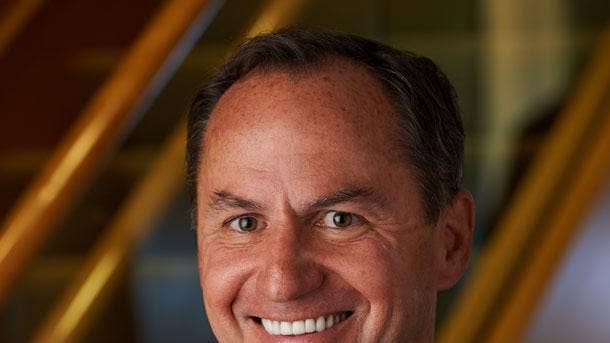
How Swan Leads Intel Without An Engineering Background
When he was named the leader of Intel in January, Swan became the second CEO to not come from an engineering background, which raises the question of how a non-engineer can lead such an engineering-focused company. For Swan, it's all about who is in your inner circle and having a knack for strategy.
“You got to make sure you have a lot of brilliant technologists that you're surrounded by, and I'm blessed with that,” Swan said. “Intel is very rich in deep technology capabilities, brilliant people, and my role is, in some ways, strategy, intense respect for what the engineers are capable of, and a huge desire to get them to dream through inquisition.”
Swan joined Intel in 2016 as its chief financial officer. Prior to that, he was an operating partner at growth equity firm General Atlantic. Previously, he served as CFO at eBay for more than nine years and before that served as CFO at other companies, including GE Lighting. He also once served as CEO of an online grocery startup called Webvan that shut down during the dot-com crash in the early 2000s.
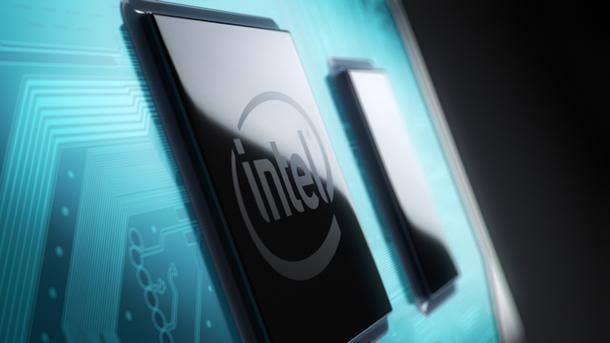
How Intel's Business Has Evolved
Intel's business was previously focused on processors for PCs and then processors for PCs and servers, but the chipmaker has had to evolve its product portfolio as the demand for processing and analyzing data in a diverse set of environments increases at a staggering rate, Swan said.
"If you think about Intel today, it's evolved from what we call a PC-centric company to a data-centric company," he said. And it's not just a CPU inside a PC, but it's a CPU inside of everything. Inside a server. Inside an automobile. Inside a factory. Inside a retail store. Inside your home."
But that evolution didn't just mean creating processors for an expanding list of purposes, according to Swan. It also meant creating new kinds of hardware.
"As the world has evolved and the incredible demands for data calls for alternate architectures, we have now GPUs and FPGAs and software and more and more things going inside more and more things."
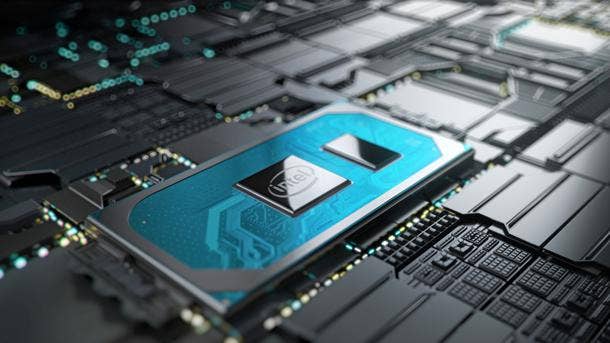
Why Intel's 10nm CPUs Were Delayed For Multiple Years
Intel is expected to launch its 10-nanometer "Ice Lake" mobile processors later this year under the tenth-generation Core client brand but only after years of delays. Swan said the delay was the result of an "aggressive goal" to push the limits of Moore's law beyond the regular 2.0 transistor scaling factor.
"When we went for 2.7 higher scaling factor, it took us longer to do it," he said.
For future process technologies, like 7 nanometer, Swan said the company is going back to a 2.0 scaling factor. And while some critics believe Moore's law is dead, the CEO said that's not the case.
"Our belief is that there's lots of road left in Moore's law, lots of juice left," he said. "So we'll continue to innovate and drive process technology in the future."
At the same time, Swan said, process technology alone won't drive future innovation. He pointed to the company's recently announced innovations around 2D and 3D chip packaging as an example.
"Packaging different technologies become more important, so you can put advanced process technology and maybe a last-generation technology together on the same chip because the application may not require just current-generation technology," he said. "The role of these different architectures that I talked about before become increasingly important."
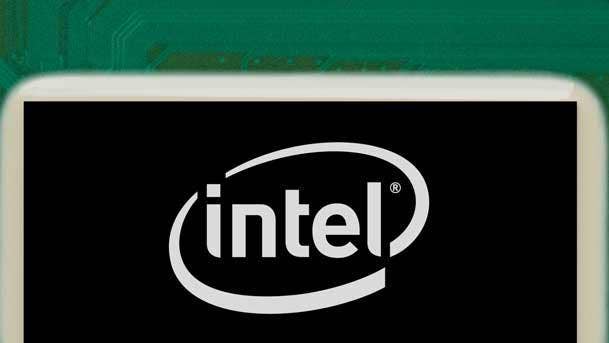
Customers Want Performance, Not Transistor Density, Swan Says
Even as Intel continues work on next-generation chip architectures, Swan said customers ultimately want performance improvements, not advancements in transistor density.
"At the end of the day, customers don't really pay us for chips based on what transistor density they have. They pay us for chips on what performance it delivers," he said.
Swan said the way Intel delivers performance advancements has evolved over time and now includes things like new architectures, software and packaging technology.
For instance, Intel introduced its first processor that uses the company's new Foveros 3D stacking technology earlier this year. Called "Lakefield," the processor includes a 10-nanometer Sunny Cove core for high performance and four Atom-based cores for low-power efficiency. The company said the integration of multiple chiplets on a single board can enable device form factors smaller than 11 inches.
The chipmaker is also increasingly relying on software optimization to improve its processors. In Intel's second-generation Xeon Scalable processors, the company introduced Deep Learning Boost, a new set of processor instructions meant to accelerate inference workloads.

Why Swan Would Rather Compete In A Larger Market With Lower Share
For years, Intel has dominated the market for processors in PCs and servers with more than 90 percent share. But the problem with that, Swan said, is there's not much room left for growth, which is why the chipmaker is redefining itself as a data-centric company with an ever-expanding portfolio of products.
That means smaller market share for Intel but a chance to make a bigger difference, he said.
"If you redefine the role you can play in the industry to have 30 percent share, you have to begin to dare to dream," Swan said. "You're not protecting what you built. You're evolving your thinking."
It also means Intel is facing more competition than ever before, which has forced the company to "be much more customer-obsessed" with everything it does, according to Swan.
"When customers have more choice, you have to be much more competitively aware and work together more as a team — one Intel — where the competition is outside, rather than the competition being for resources inside," he said. "And when you go from 90 percent to 30 percent share, you have to be more fearless. You have to take more risk to evolve in the technologies that you're doing."